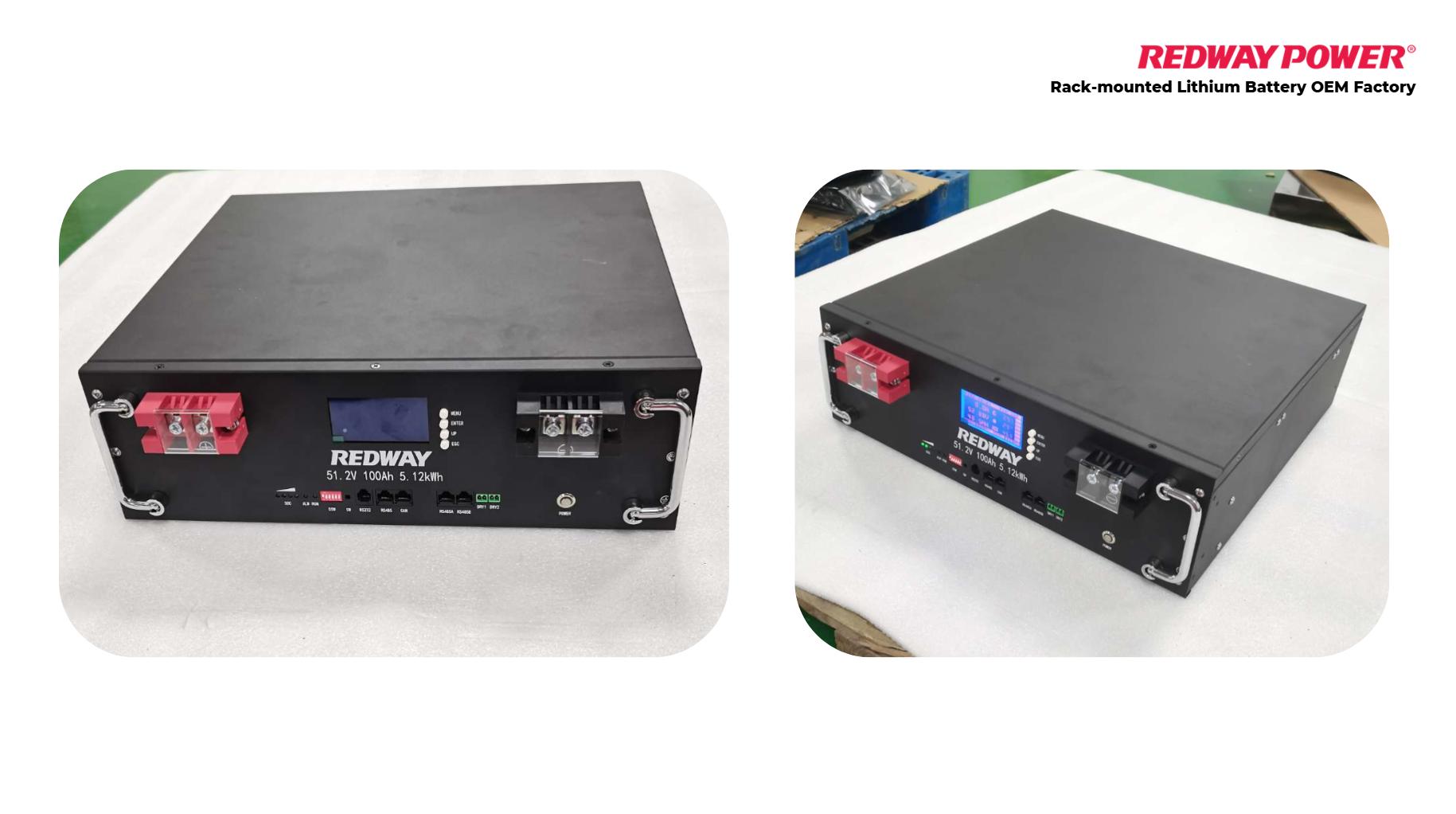Best Models of LiFePO4 Rack-Mounted Batteries in 2025
In 2025, selecting the best LiFePO4 rack-mounted batteries involves evaluating several top models that cater to various energy storage needs. Leading options include EG4 LifePower4, Redway Power, Aolithium, Powersync, GoKWh, and PKNERGY batteries, each offering unique features tailored for reliability and efficiency.
What Are the Top Lithium LiFePO4 Batteries Available in 2025?
The leading models for rack-mounted applications in 2025 include:
- EG4 LifePower4
- Redway Power 48V 100Ah
- Aolithium 51.2V 100Ah
- Powersync High Power
- GoKWh 51.2V 100Ah
- PKNERGY 3U 51.2V 100Ah
These batteries are designed to meet diverse requirements in data centers, renewable energy systems, and critical power applications.
How Does the EG4 LifePower4 Battery Stand Out?
The EG4 LifePower4 battery stands out with its impressive 7,000 deep charge cycles and a 10-year warranty. It features a built-in battery management system (BMS) for safety and efficiency, operates at 99% efficiency, and allows for parallel connections of up to 64 batteries, making it versatile for various applications.
Performance Metrics Chart:
| Metric | Value |
|---|---|
| Voltage | 48V |
| Capacity | 100Ah |
| Cycle Life | Up to 4000 cycles |
| Weight | Approximately 30 kg |
What Key Features Does the Redway Power Battery Offer?
Redway Power batteries are known for their modular design, allowing easy upgrades and replacements. They incorporate advanced battery management systems (BMS) for safety, ensuring protection against overcharging and overheating. These batteries also emphasize sustainability in manufacturing, making them a reliable choice for various energy storage applications.
Key Features Chart:
| Feature | Description |
|---|---|
| Voltage | 48V |
| Capacity | 100Ah |
| Fast-Charging Capability | Yes |
| Safety Features | Advanced BMS |
What Are the Specifications of Aolithium Batteries?
Aolithium batteries typically feature a nominal voltage of 51.2V and capacities ranging from 100Ah to higher options. They are designed for long cycle life, often exceeding 6,000 cycles at 80% depth of discharge. Their robust BMS ensures safe operation and efficient energy management in various applications.
Aolithium Specs Chart:
| Specification | Value |
|---|---|
| Voltage | 51.2V |
| Capacity | 100Ah |
| Efficiency | High |
How Do Powersync High Power Batteries Perform?
Powersync high power batteries deliver reliable performance with a nominal capacity of 100Ah and an energy output of 5.12kWh. They have a cycle life of around 6,000 cycles while retaining 70% capacity. With over 98% discharge efficiency, these batteries are ideal for high-demand applications requiring consistent power delivery.
Performance Overview Chart:
| Specification | Value |
|---|---|
| Nominal Voltage | Varies (12.8V / 51.2V) |
| Capacity | Up to 400Ah |
| Cycle Life | Up to 6000 cycles |
What Are the Benefits of GoKWh 51.2V 100Ah Batteries?
GoKWh 51.2V 100Ah batteries offer excellent energy density and long cycle life, making them suitable for various applications. They feature built-in BMS for enhanced safety and performance monitoring. Their compact design allows easy installation in rack-mounted systems, providing reliable energy storage solutions.
Why Choose PKNERGY 3U 51.2V 100Ah Rack Mounted Battery?
The PKNERGY 3U 51.2V 100Ah rack-mounted battery is designed for high performance with a robust BMS ensuring safety during operation. Its compact size fits standard racks easily, while its long cycle life makes it a cost-effective choice for energy storage in residential or commercial applications.
PKNERGY Specs Chart:
| Specification | Value |
|---|---|
| Voltage | 51.2V |
| Capacity | 100Ah |
| Cycle Life | Up to 6000 cycles |
How Do Warranty and Support Impact Your Choice?
Warranty and support are crucial factors when selecting a battery. A longer warranty period indicates manufacturer confidence in product durability, while responsive customer support ensures assistance with installation and troubleshooting. Reliable warranty coverage can significantly reduce long-term ownership costs and enhance peace of mind.
Conclusion
Choosing from the best models of LiFePO4 rack-mounted batteries available in 2025 requires careful consideration of specifications, features, and intended applications. The EG4 LifePower4, Redway Power, Aolithium, Powersync, GoKWh, and PKNERGY batteries all present excellent options tailored to various energy storage needs.
Expert Views
“Selecting a high-quality LiFePO4 rack-mounted battery is crucial for ensuring reliable power supply in critical applications,” states an expert from Redway Tech. “Understanding each model’s unique features can help users make informed decisions that align with their operational requirements.”
FAQ Section
- What are the best LiFePO4 rack-mounted batteries available in 2025?
The top models include EG4 LifePower4, Redway Power, Aolithium, Powersync High Power, GoKWh, and PKNERGY batteries. - How do I choose between different battery models?
Consider factors such as capacity, voltage ratings, cycle life, safety features, and specific application needs when choosing a battery model. - What role does warranty play in my battery selection?
A longer warranty often indicates manufacturer confidence in product durability; it also provides peace of mind regarding potential future issues.




